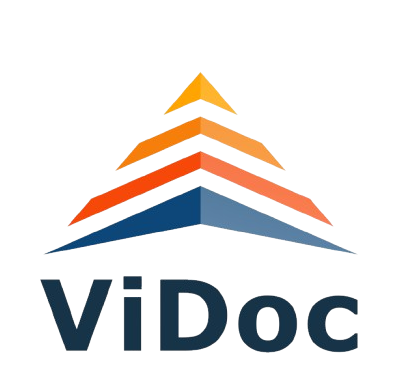
TRANSFORM THE WAY PATIENT RECORDS ARE MANAGED.
“Entrusted by leading healthcare institutions to digitize medical records, with Emrix you can get patient information at the click of a button.”
Overview
Digitizes traditional paper based medical records and images to an electronic file for online and offline access. This medical document management and archival system streamlines the retrieval of patient information resulting in improved patient care.
Why you need it?
Challenges of maintaining paper documents:
Lack of storage space
Prone to damage
Document vulnerability
Inefficient document transmission
Problem in collaboration
Inconsistent practice inhibit compliance with audits / standards
Lack of storage space
Prone to damage
Document vulnerability
Inefficient document transmission
Problem in collaboration
Our dependency on documents and
Legal compliance
Durability
Government requirements
Legal compliance
Durability
How digital documents help with Record Management:
Retrieve quickly and easily as and when needed
Restrict access to only appropriate people
Keep a “safe copy” to handle disaster / damage
Store the documents for both short- and long-term use
Retrieve quickly and easily as and when needed
Restrict access to only appropriate people
Keep a “safe copy” to handle disaster / damage
Features & Benefits
Emrix has evolved as stable and scalable solution based on valuable user feedback received for over 10 years.
Customized for Healthcare
Classification of Documents
File Format
ICD Coding
Hosting
Sharing
Modular Privileges
User Access
Patient Access
Quick
Mobile
Support
Impact of Emrix
Emrix unlocks the true potential of Digital Transformation in a Healthcare Institution.
BEFORE
Patients had to experience different systems for Admission, Lab, OPD etc.
All records in rooms – filled with paper.
Difficult to locate particular documents of specific patient – for eg. Discharge documents.
No track or record of OPD consultations, since records were given to patients.
Patient files can be located only via in-patient number or like wise.
Need to keep manual registers to note who has accessed which patient files.
Patients were given photocopies of their medical records after
discharge.
No disease, case-type or retention-type based classification of records.
Patients needed to visit or phone the hospital for any service.
Improper systems and protocols hinder compliance with audits and
certifications.
No analytics or reporting from paper records.
AFTER
Integrated system, hence the patient gets a seamless experience.
All records digitally stored in one location.
Specific documents of a patient can be searched in couple of
clicks – literally in seconds.
End-to-end OPD consultation done in EMR (Electronic Medical
Record) module, including e-prescription.
Patient files can be found through multiple parameters, coming from the HIS.
Access to files can be given and monitored through secure
protocol.
Patients given digital copies of their medical records on their
smartphones.
Records are segmented as per ICD-10 codes and specifics (eg.
MLC, DAMA, Paediatric etc.).
Patients can access hospital services via mobile app.
Improved processes and standardization help in complying with accreditations such as NABH and JCI.
Analysis of data from the medical records gives host of clinical
and operational insights.
Streamline your Patient Records
Contact us to know how Emrix can Deliver True Benefits of Digitization.


